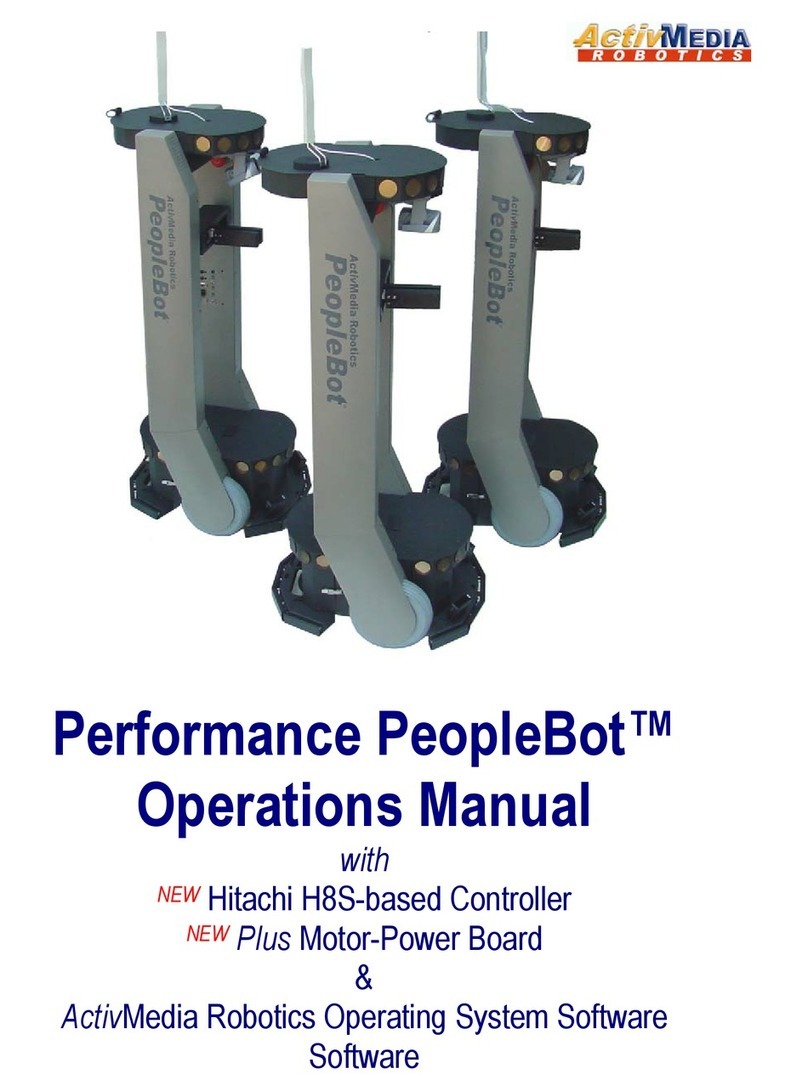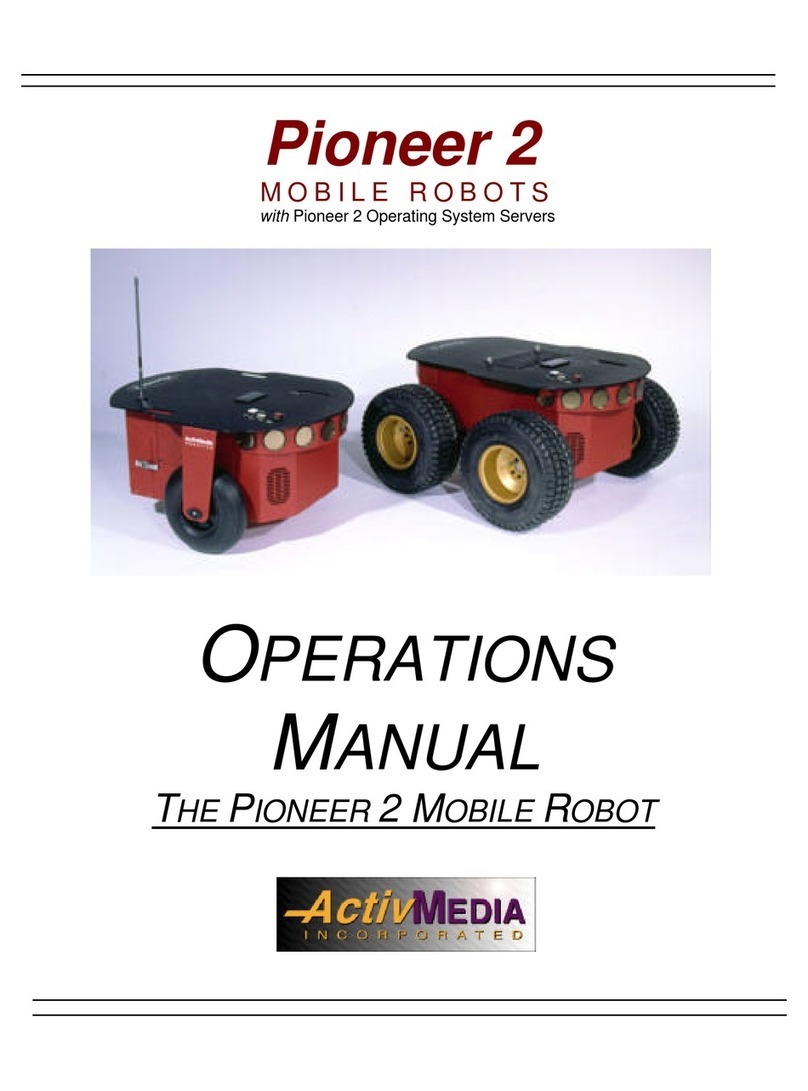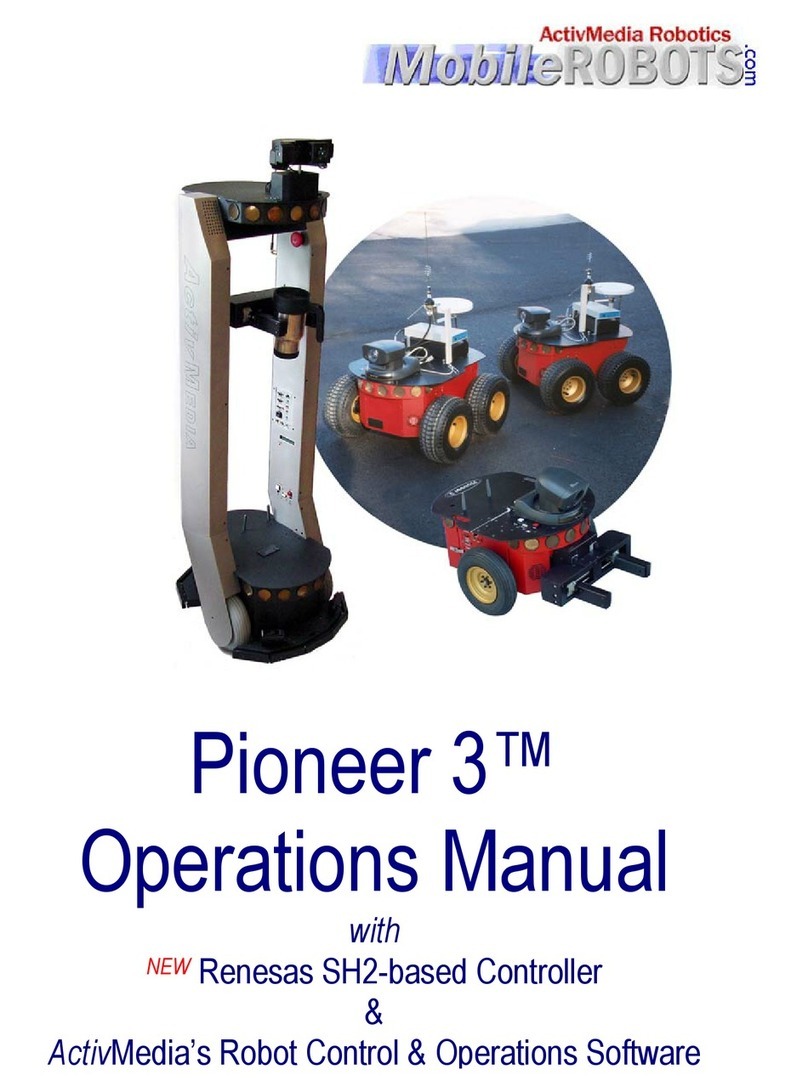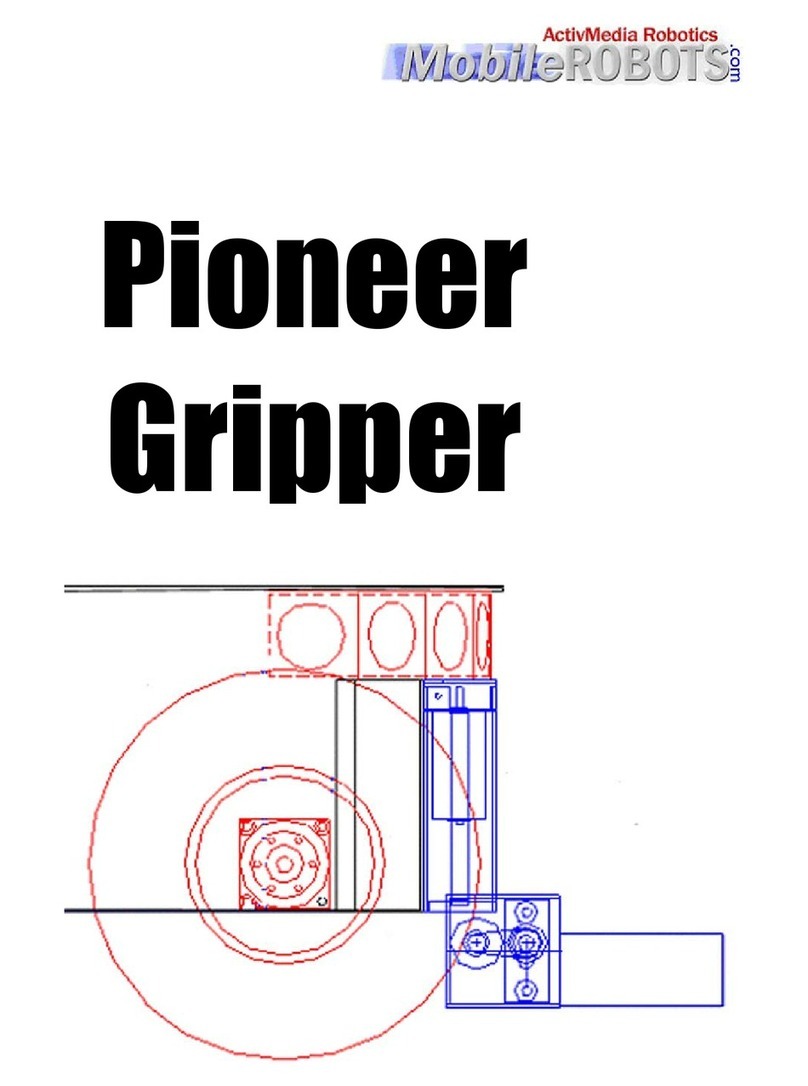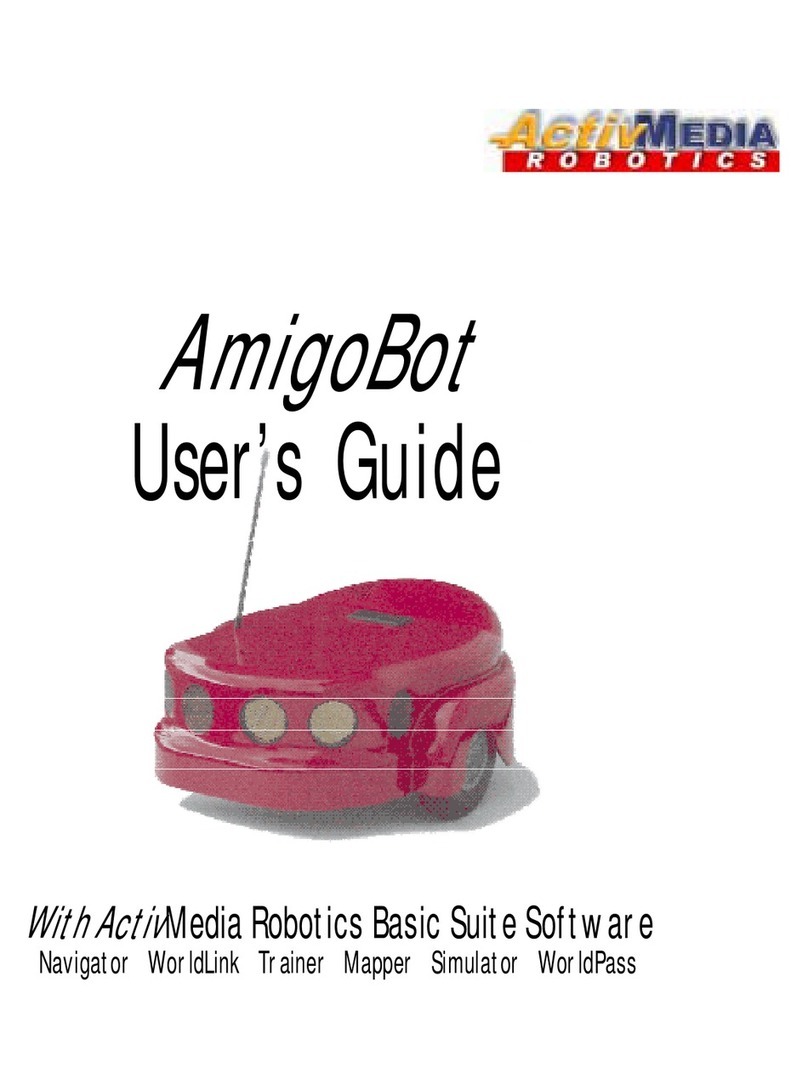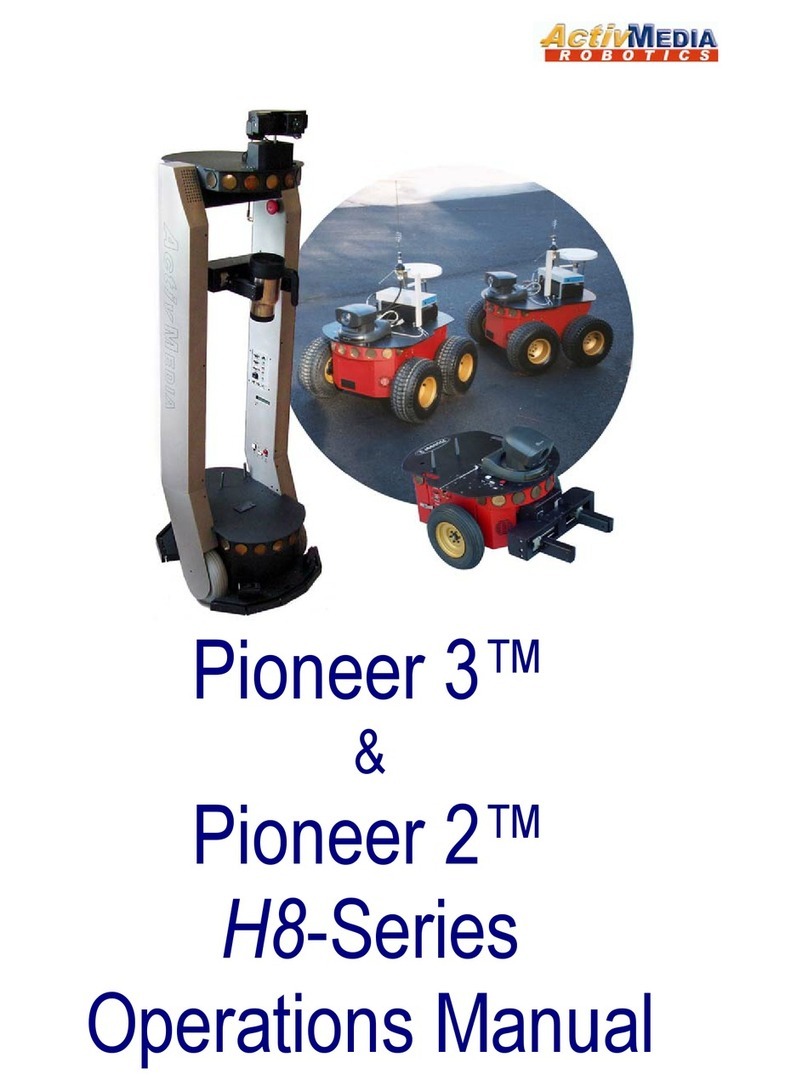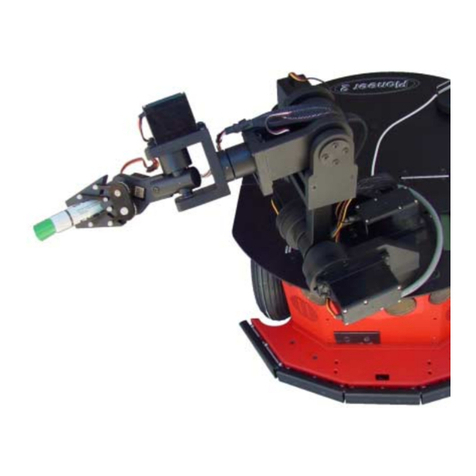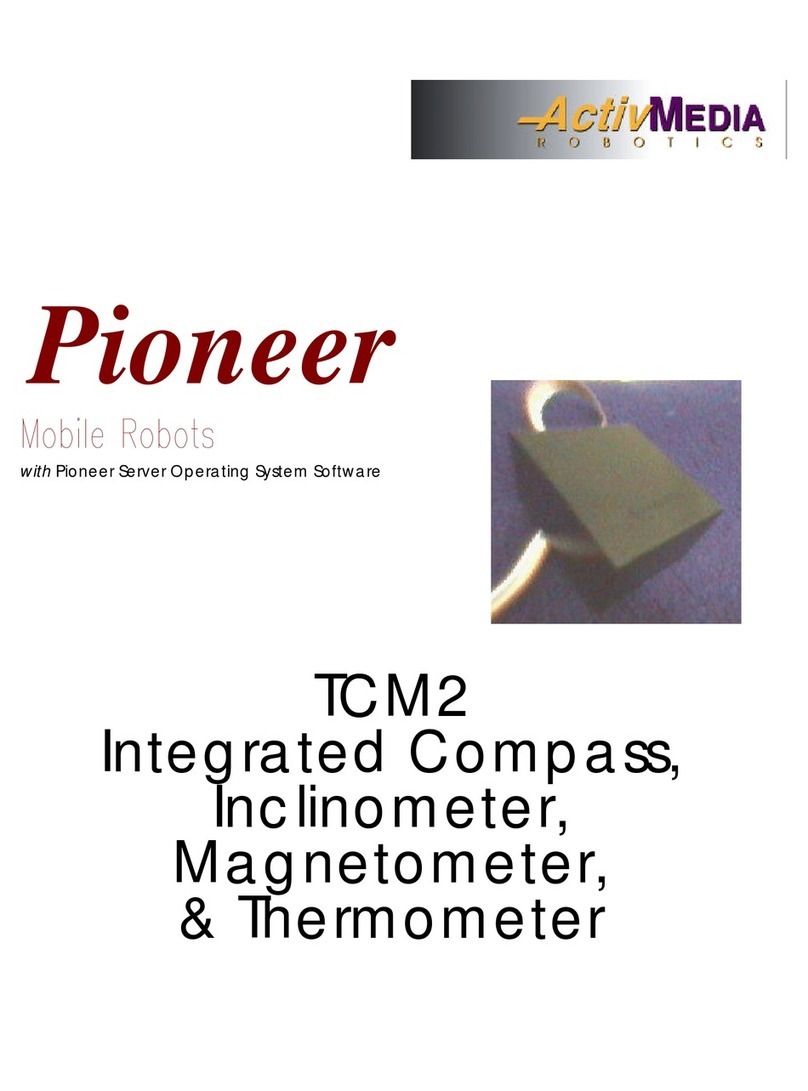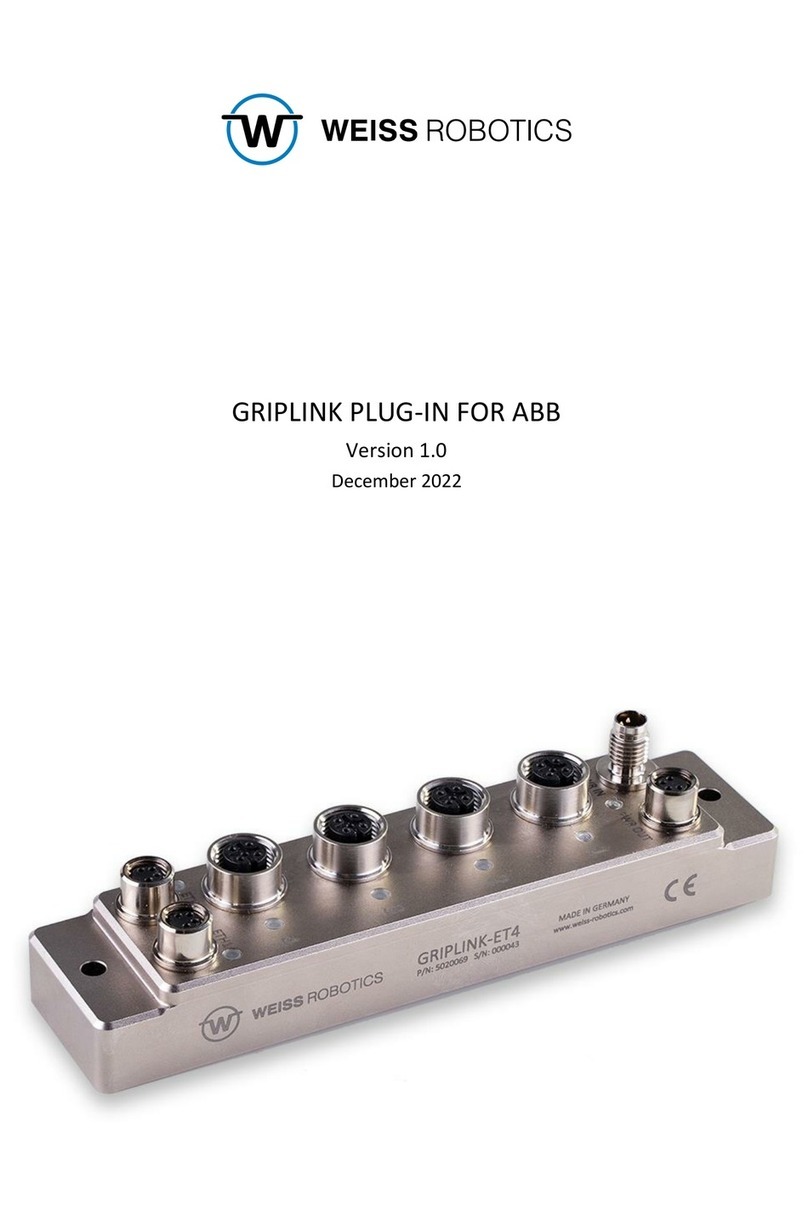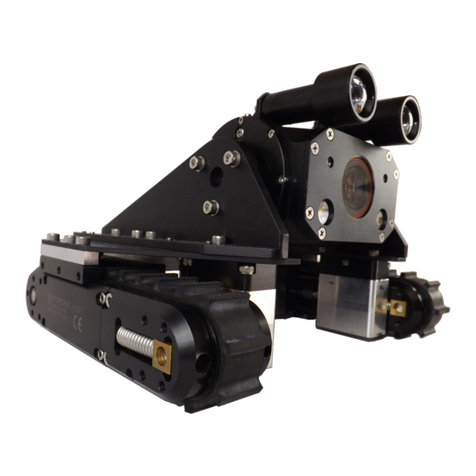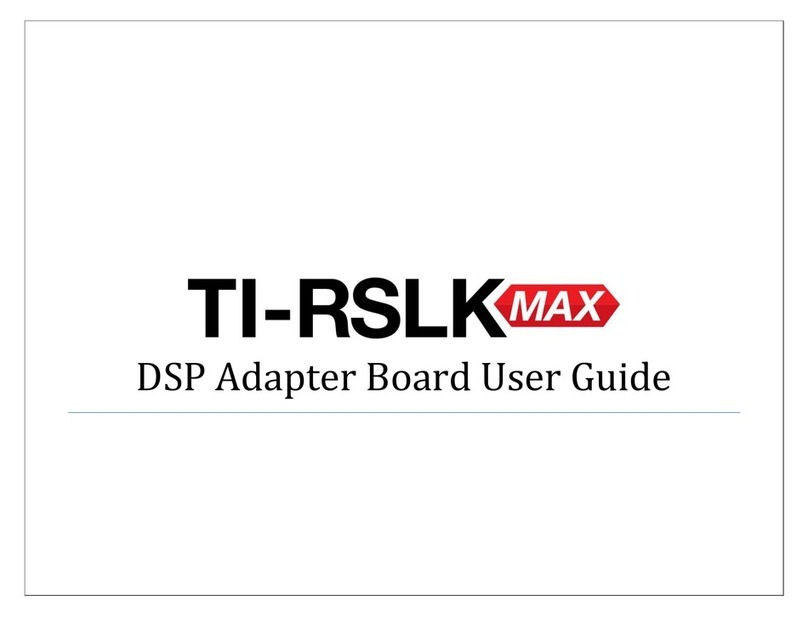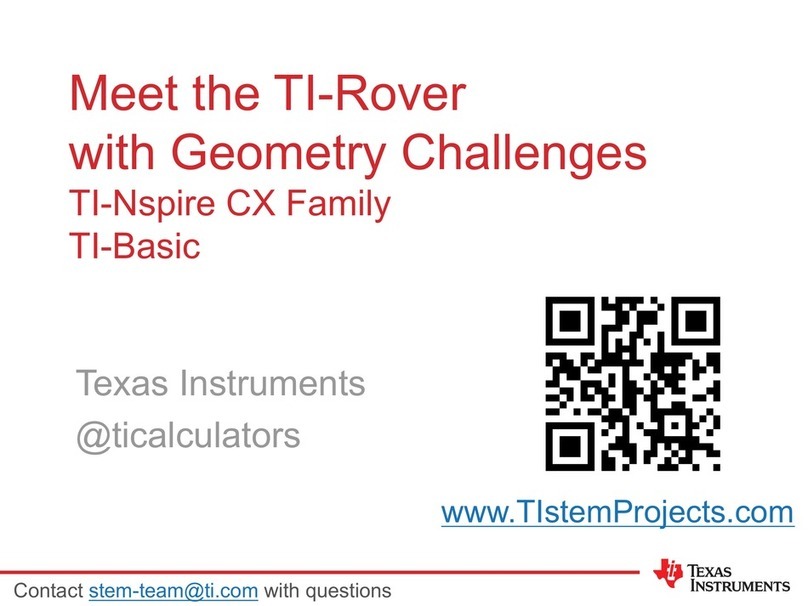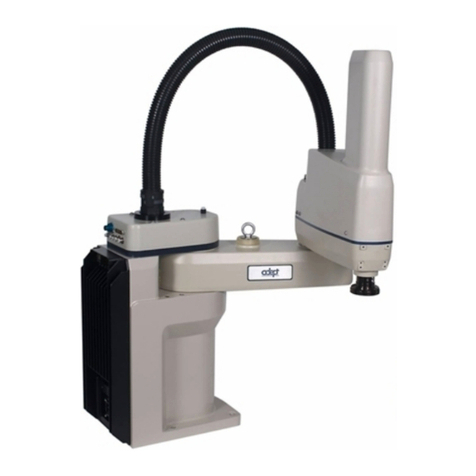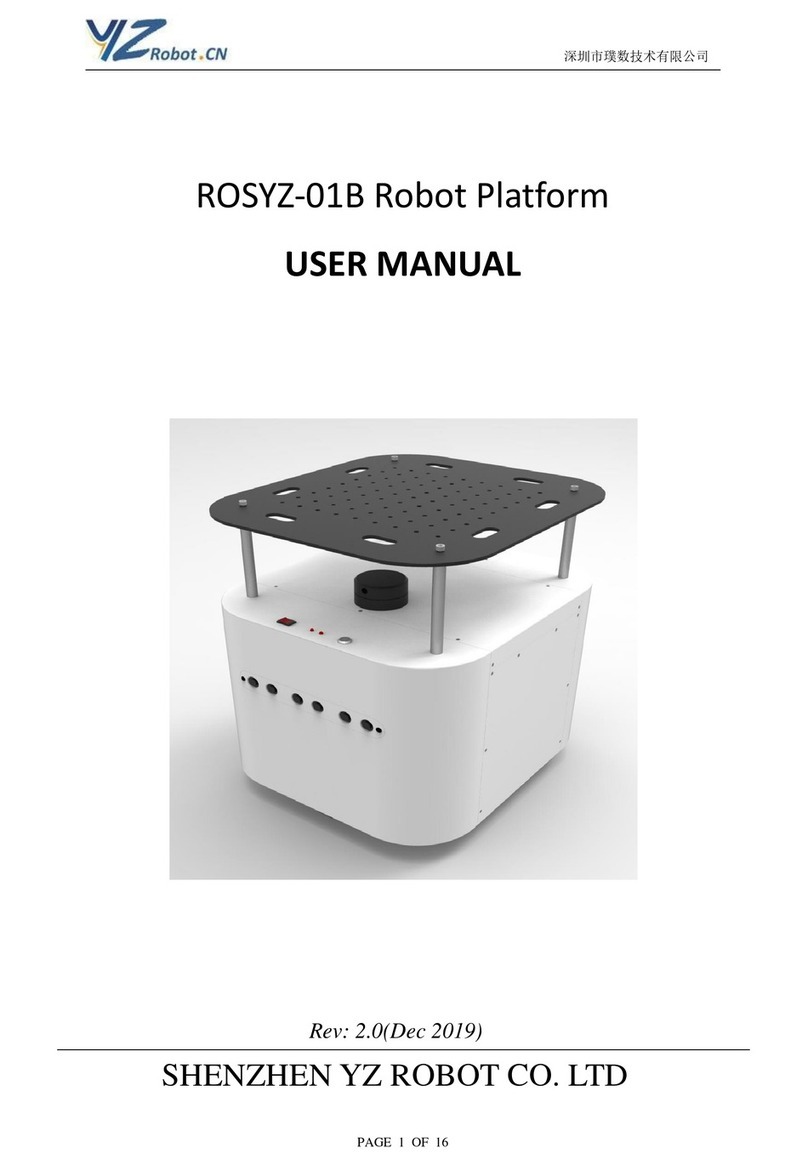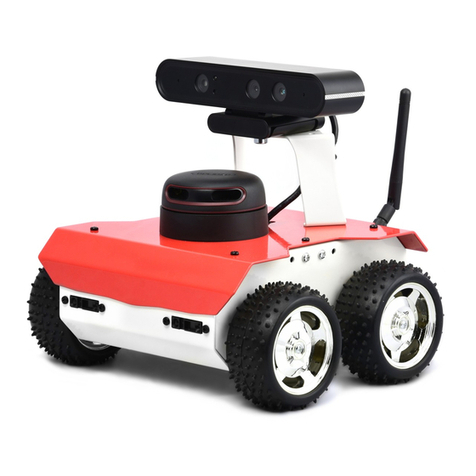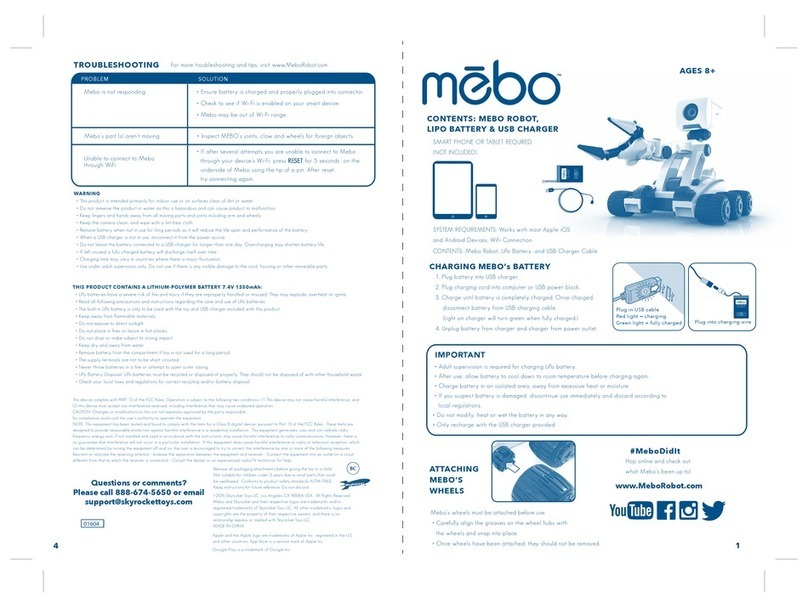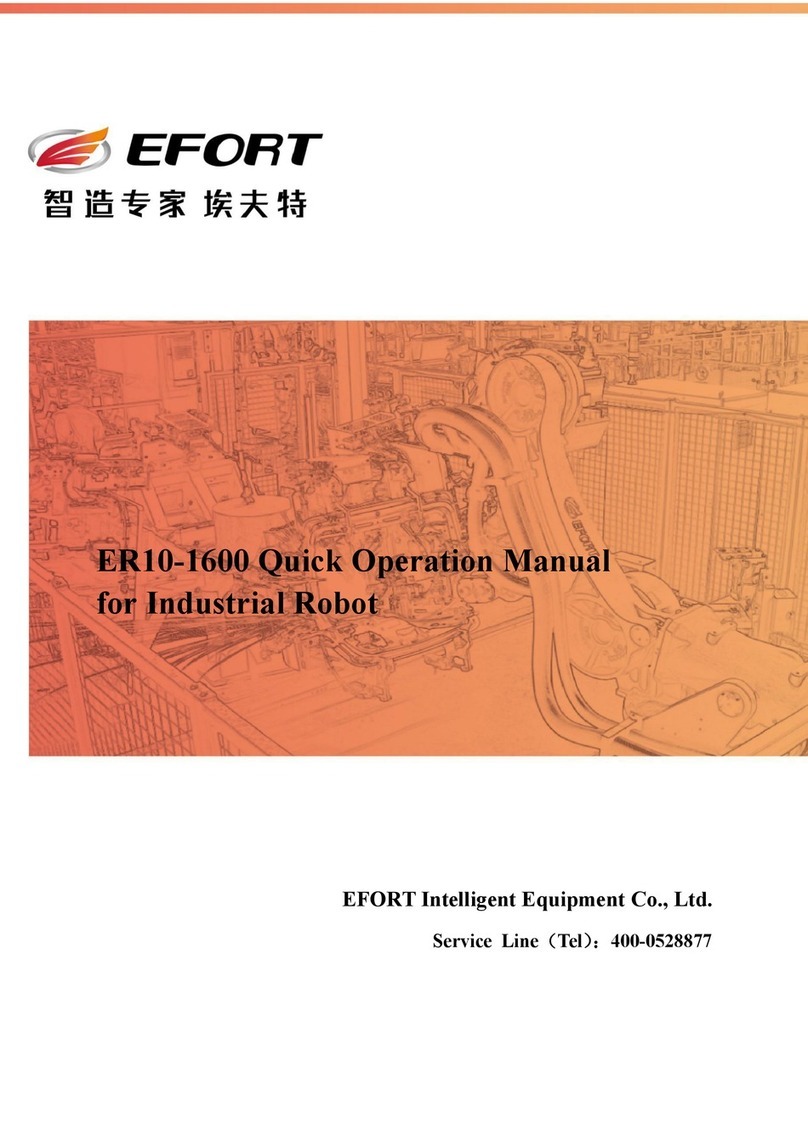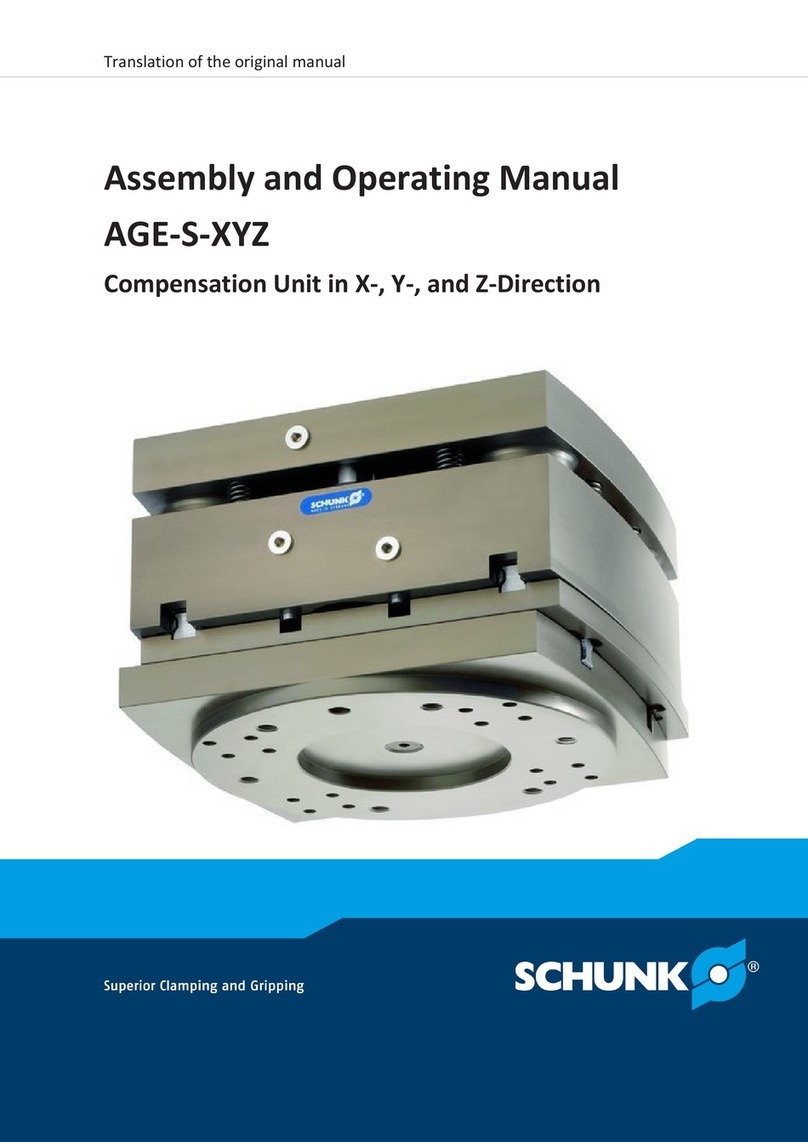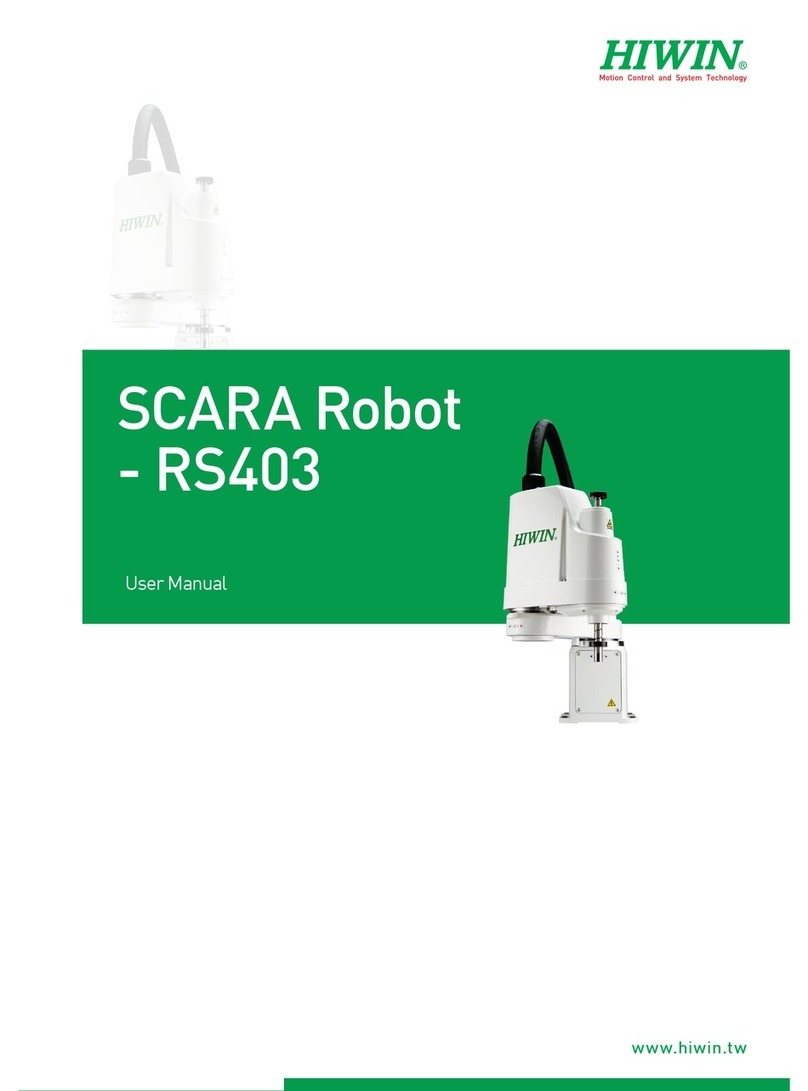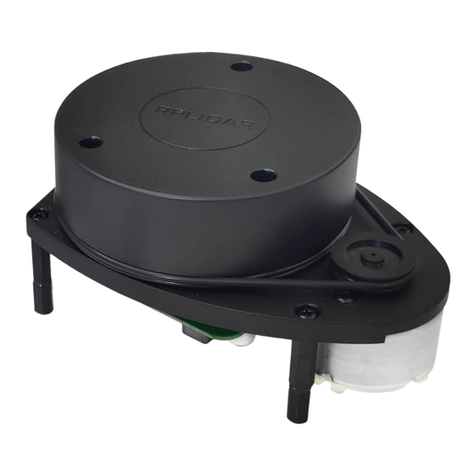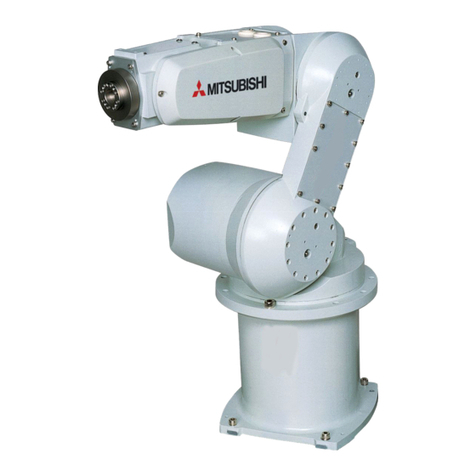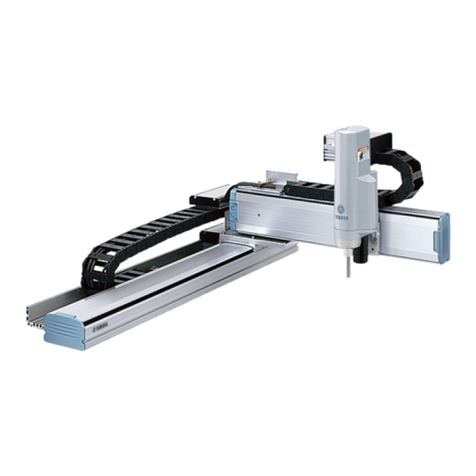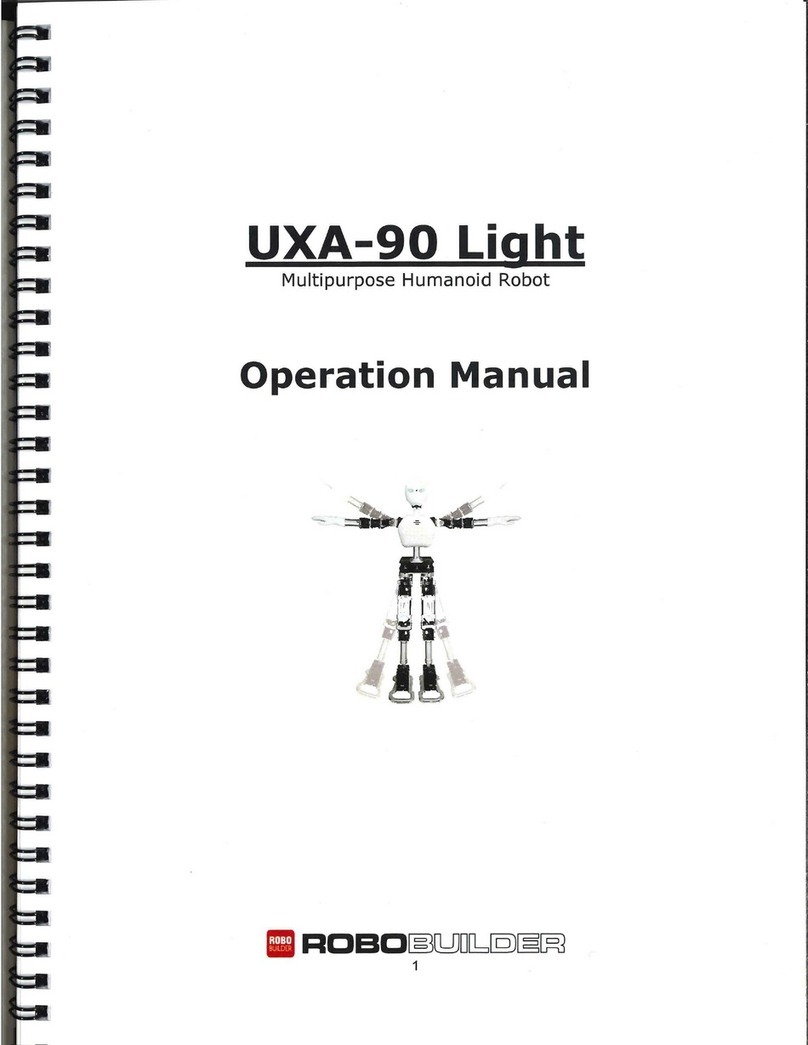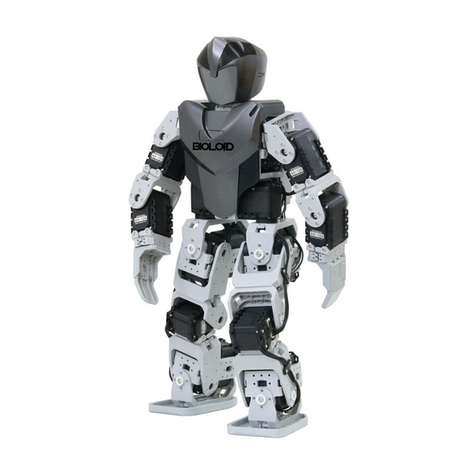
MOBILEROBOTS
Packet Errors ........................................................................................................................................22
THE CLIENT-SERVER CONNECTION............................................................................................................23
Autoconfiguration (SYNC2)...................................................................................................................23
Opening the Servers—OPEN ................................................................................................................23
Keeping the Beat—PULSE....................................................................................................................24
Closing the Connection—CLOSE..........................................................................................................24
SERVER INFORMATION PACKETS ...............................................................................................................24
CLIENT COMMANDS ...................................................................................................................................24
MOTION COMMANDS .................................................................................................................................27
AmigoBot in Motion ..............................................................................................................................28
PID Controls .........................................................................................................................................29
Position Integration...............................................................................................................................29
DriftFactor, RevCount, and TicksMM...................................................................................................30
SONAR .......................................................................................................................................................30
Enable/Disable Sonar............................................................................................................................31
Polling Sequence ...................................................................................................................................31
Polling Rate...........................................................................................................................................31
QUICK STOP ...............................................................................................................................................31
ACCESSORY COMMANDS AND PACKETS ....................................................................................................31
Packet Processing .................................................................................................................................32
CONFIGpac and CONFIG Command ..................................................................................................32
SERIAL .......................................................................................................................................................33
HOST-to-AUX Serial Transfers.............................................................................................................33
ENCODERS .................................................................................................................................................34
BUZZER SOUNDS........................................................................................................................................34
TCM2 ........................................................................................................................................................34
HEADING CORRECTION GYRO....................................................................................................................34
CHAPTER 6 UPDATING & RECONFIGURING AMIGOSH..............................................................36
WHERE TO GET AMIGOSH SOFTWARE ......................................................................................................36
AMIGOSH MAINTENANCE MODE ..............................................................................................................36
Enabling Maintenance Mode on the Controller....................................................................................36
AMIGOSHCF ..............................................................................................................................................37
STARTING AMIGOSHCF .............................................................................................................................37
CONFIGURING AMIGOSH PARAMETERS.....................................................................................................38
Interactive Commands...........................................................................................................................38
Changing Parameters............................................................................................................................38
SAVE YOUR WORK ....................................................................................................................................39
PID PARAMETERS ......................................................................................................................................40
DRIFTFACTOR, TICKSMM, AND REVCOUNT...............................................................................................40
STALLVAL AND STALLCOUNT ...................................................................................................................41
CHAPTER 7 CALIBRATION & MAINTENANCE ...............................................................................42
CALIBRATING YOUR ROBOT ......................................................................................................................42
DRIVE LUBRICATION..................................................................................................................................42
AMIGOBOT BATTERIES ..............................................................................................................................43
Charging the Battery .............................................................................................................................43
Alternative Battery Chargers ................................................................................................................43
GETTING INSIDE .........................................................................................................................................44
FACTORY REPAIRS .....................................................................................................................................44
APPENDIX A ..............................................................................................................................................45
CONTROLLER PORTS & CONNECTIONS ......................................................................................................45
AMIGOSH CONTROLLER............................................................................................................................45
Battery and Motors Connector..............................................................................................................46
Serial Ports............................................................................................................................................46
Encoders................................................................................................................................................47
Sonar .....................................................................................................................................................47
v




















